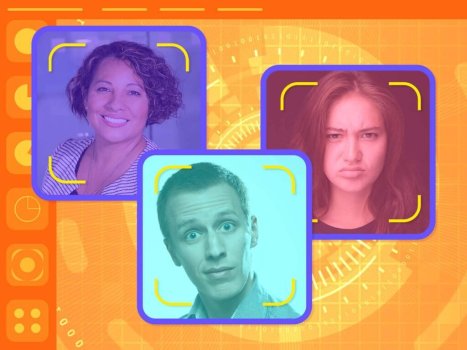K
Kathleen Martin
Guest
People prefer to carry their business online today, and with the lack of face-to-face communication, it’s hard for companies to understand what their employees and customers are feeling. In this situation, enhancing your operations with emotional AI that can distinguish different sentiments could be a game-changer. But this brings up several questions about the potential for misuse of power:
Is it acceptable for companies and government entities to survey people, detect their emotions, and take corresponding actions? And is artificial intelligence smart enough to read human emotions accurately?
'There is still a lot of controversy around AI emotions. Emotional AI has its benefits, but you should be aware of the challenges when considering potential applications at your organization.' - Nadejda AlkhaldiClick To Tweet
Despite these concerns, AI consulting firms are thriving as the global emotional AI market is expected to reach $173.81 billion by 2025, growing at a CAGR of 34.05 percent between 2019 and 2025. Let’s take a look at what emotional artificial intelligence can do and what hurdles you can expect along the way should you decide to implement emotional AI in your organization.
What is Emotional AI?
Emotional AI, also referred to as affective computing and artificial emotional intelligence, is the branch of artificial intelligence that deals with processing and replicating human emotions. This technology dates back to 1995 and aims at making human-machine interactions more authentic and natural. Emotional AI can read people’s feelings through text, voice tone, facial expressions, and gestures and adjust its demeanor accordingly.
People have the upper hand in recognizing different emotions, but AI is catching up with its ability to analyze large volumes of data. Emotional AI employs computer vision, speech science, and deep learning algorithms, among other techniques. It can listen to human speech and detect voice inflections that correspond to anger, stress, etc. The technology can spot facial micro-expressions that disappear so rapidly that the human eye wouldn’t be able to catch them.
Continue reading: https://www.iotforall.com/emotional-ai-are-algorithms-smart-enough-to-decipher-human-emotions
Is it acceptable for companies and government entities to survey people, detect their emotions, and take corresponding actions? And is artificial intelligence smart enough to read human emotions accurately?
'There is still a lot of controversy around AI emotions. Emotional AI has its benefits, but you should be aware of the challenges when considering potential applications at your organization.' - Nadejda AlkhaldiClick To Tweet
Despite these concerns, AI consulting firms are thriving as the global emotional AI market is expected to reach $173.81 billion by 2025, growing at a CAGR of 34.05 percent between 2019 and 2025. Let’s take a look at what emotional artificial intelligence can do and what hurdles you can expect along the way should you decide to implement emotional AI in your organization.
What is Emotional AI?
Emotional AI, also referred to as affective computing and artificial emotional intelligence, is the branch of artificial intelligence that deals with processing and replicating human emotions. This technology dates back to 1995 and aims at making human-machine interactions more authentic and natural. Emotional AI can read people’s feelings through text, voice tone, facial expressions, and gestures and adjust its demeanor accordingly.
People have the upper hand in recognizing different emotions, but AI is catching up with its ability to analyze large volumes of data. Emotional AI employs computer vision, speech science, and deep learning algorithms, among other techniques. It can listen to human speech and detect voice inflections that correspond to anger, stress, etc. The technology can spot facial micro-expressions that disappear so rapidly that the human eye wouldn’t be able to catch them.
Continue reading: https://www.iotforall.com/emotional-ai-are-algorithms-smart-enough-to-decipher-human-emotions

